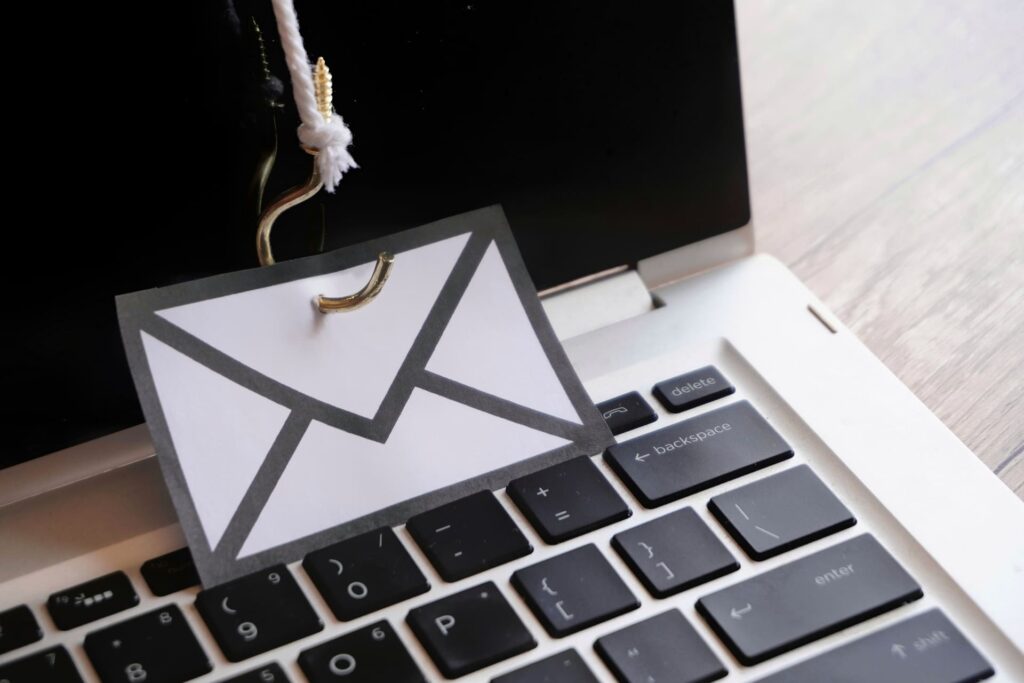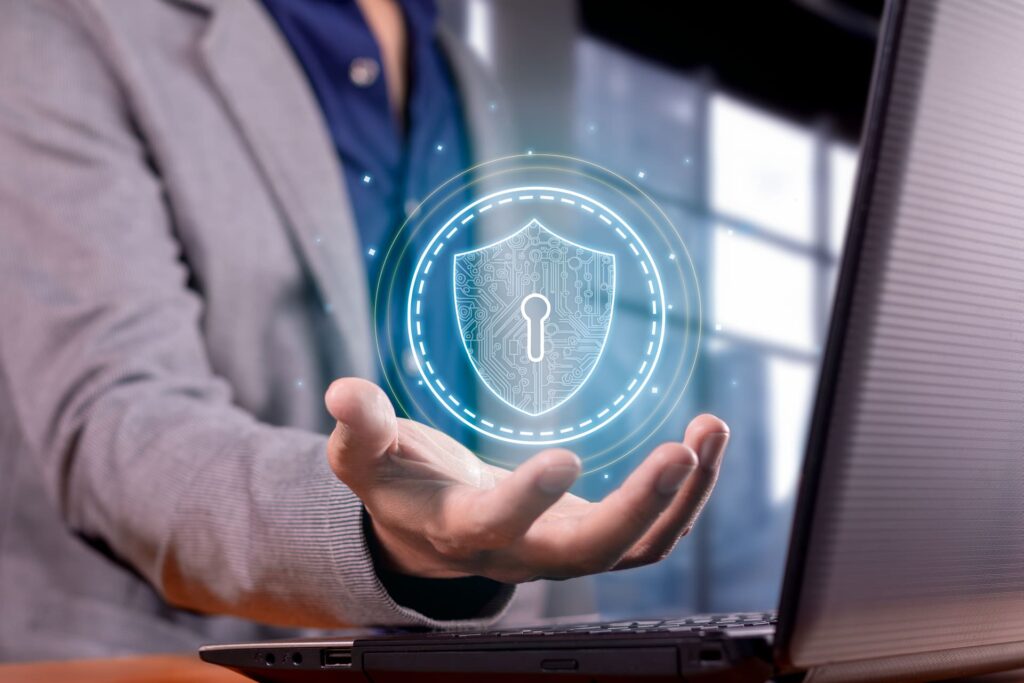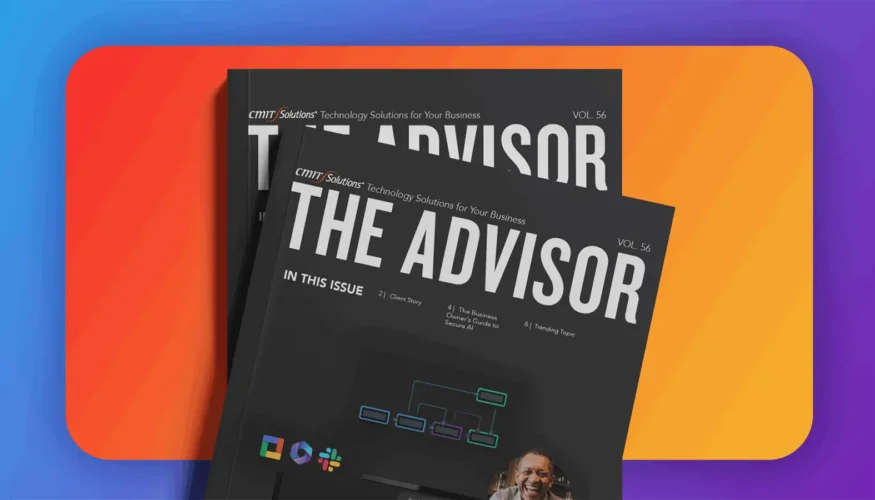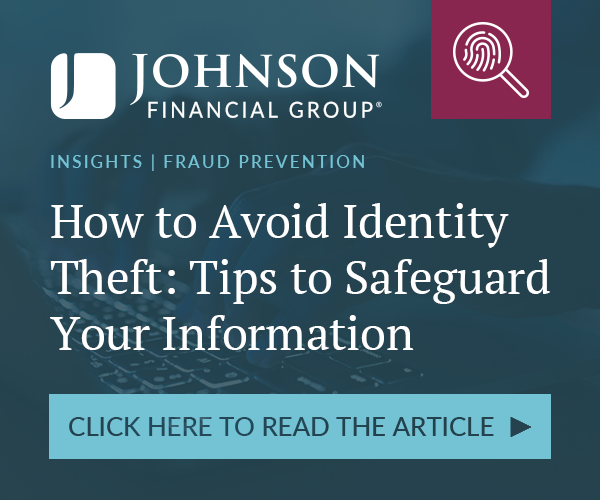The main difference between vishing and phishing is the communication channel: vishing uses voice calls or voicemails to steal sensitive information, while phishing relies on emails and digital messages to trick victims into revealing personal data.
When cybercriminals target your business, the consequences extend far beyond a simple data breach. A single successful attack can shut down operations for hours or days, compromise customer information, drain bank accounts, and destroy years of hard-earned reputation.
The worst part? These attacks are becoming more sophisticated, making them harder to detect until it’s too late.
What Is Phishing?
Phishing is a cyberattack where criminals send fraudulent emails disguising themselves as trustworthy organizations to steal sensitive information like passwords, credit card numbers, or banking details.
These attacks have evolved significantly beyond the obvious “Nigerian Prince” scams of the early internet. Modern phishing campaigns use sophisticated tactics that can fool even tech-savvy employees.
Understanding what is cyber security helps businesses recognize why phishing represents such a significant threat to organizational data and operations.
💡 Consider this scenario: Your accounting manager receives an urgent email appearing to be from your bank, requesting immediate verification of company account details to prevent account suspension. The email includes your bank’s exact logo, formatting, and even references recent transactions. Under pressure to avoid disrupting business operations, they click the link and enter the requested information.
The most dangerous phishing attacks target businesses through:
- CEO fraud emails requesting urgent wire transfers
- Fake software update notifications that install malware
- Vendor impersonation asking for updated payment information
- Tax season scams requesting W-2 information for “processing”
⚠️ AI-powered email attacks are now creating personalized phishing messages using information scraped from LinkedIn, company websites, and social media posts to increase their believability. A clear phishing definition in cyber security provides employees with context to identify and respond to different types of attacks.
What Is Vishing (Voice Phishing)?

Vishing, or voice phishing, uses phone calls and voice messages to manipulate victims into revealing sensitive information or performing actions that compromise security.
Unlike email-based attacks, vishing exploits the personal nature of voice communication. When someone calls claiming to be from your IT support, bank, or a trusted vendor, the immediate, conversational format creates a sense of urgency and legitimacy that’s harder to question.
Caller ID spoofing technology allows attackers to display any phone number they choose, including your bank’s actual customer service line or even internal company extensions. This technical manipulation, combined with social engineering tactics, makes vishing particularly effective against businesses.
According to the Federal Communications Commission, robocalls and spoofed calls represent a significant threat to consumers and businesses, with the agency actively working to combat these evolving threats through enforcement actions and consumer education initiatives.
📌 Voice attacks often succeed where email filters might catch phishing attempts because phone conversations feel more personal and create immediate pressure to respond. Attackers leverage this psychological advantage to bypass normal security procedures.
What Is the Difference Between Vishing and Phishing?
Understanding the key distinctions between vishing and phishing helps businesses develop targeted defense strategies for each attack type, especially when combined with knowledge about what is smishing and phishing to create comprehensive awareness.
Delivery Method and Channel Differences
The most fundamental difference between vishing and phishing lies in communication channels. Phishing attacks arrive through digital messages, primarily email, but also text messages, social media messages, and instant messaging platforms. Vishing attacks use voice communications through phone calls, voicemails, and increasingly, voice messages through communication apps.
Vishing and Phishing Attack Vector Comparison Table:
| Aspect | Phishing | Vishing |
| Primary Channel | Email, text messages, social media | Phone calls, voicemails |
| Target Environment | Work computers, mobile devices | Any phone-accessible location |
| Detection Tools | Email filters, anti-spam software | Call blocking, caller ID verification |
| Response Time | Can be analyzed before action | Demands immediate response |
The channel differences between vishing and phishing attacks create distinct vulnerability windows. Phishing attacks can be filtered by email security systems, while vishing attacks bypass digital security entirely by targeting human psychology directly.
Psychological Tactics and Emotional Triggers
Both attack types manipulate emotions, but they exploit different psychological vulnerabilities:
- Phishing relies on visual urgency: threatening account closures, promising rewards, or creating fear through official-looking documentation.
- Vishing exploits conversational pressure: using real-time interaction to prevent careful consideration.
- Phishing allows time for reflection: victims can forward suspicious emails or research claims.
- Vishing demands immediate responses: leaving little opportunity to verify information independently.
⚖️ The balance of power shifts significantly in voice conversations, where attackers control the pace and can respond to victim hesitation with additional pressure tactics.
Technical Complexity and Detection Difficulty
Modern phishing attacks require sophisticated technical infrastructure, including fake websites, email spoofing systems, and malware distribution networks. However, email security systems can analyze these technical elements for detection.
Vishing attacks require less technical infrastructure but rely heavily on social engineering skills. Attackers need call spoofing technology and detailed knowledge about target organizations, but the human element makes automated detection nearly impossible.
💡 Recent interdisciplinary research underscores that human-centric attacks like vishing frequently succeed where pure technical attacks fail. A 2025 study evaluating phishing susceptibility showed that traits such as impulsivity and trust propensity strongly correlate with click-through rates, even when technical defenses are in place.
Business Impact and Financial Consequences
The financial impact varies significantly based on attack success and business response time. Both vishing and phishing attack types can result in substantial losses through different mechanisms, affecting everything from daily operations to long-term business relationships.
Business owners often underestimate the true cost of cyberattacks, focusing only on immediate financial theft while overlooking operational disruption, recovery expenses, and reputational damage. The total impact includes system downtime, employee productivity loss, customer notification costs, and potential regulatory fines.
Target Demographics and Vulnerability Patterns
Attack success varies significantly across different demographic groups and organizational roles:
- C-suite executives face a higher vishing risk due to public information availability and financial authority
- Accounting personnel represent prime phishing targets for financial fraud attempts
- Remote workers experience increased vulnerability to both attack types due to reduced security oversight
- Newer employees lack the institutional knowledge to recognize social engineering attempts
- Employees in high-stress periods show increased susceptibility to both attack types
💡 Research from the AARP Fraud Watch Network highlights that older adults are disproportionately targeted and lose more money to scams than any other age group. While these findings focus on consumer fraud, they underscore a broader truth in cybersecurity: attackers exploit human trust, not just technology. The same behavioral patterns that make individuals vulnerable at home can expose organizations to risk at work.
Prevention and Detection Methods

Effective protection requires different strategies for each attack type:
- Email security systems filter phishing attempts, but cannot screen voice calls
- Employee training programs must address both digital and voice-based social engineering
- Multi-factor authentication protects against credential theft from either source
- Verification procedures should include callback protocols for suspicious voice requests
- Network monitoring detects phishing-related malware but cannot prevent vishing-initiated actions
Together, these measures create layered protection against both vishing and phishing threats. While technology plays a key role, the most effective defense combines secure systems with informed people and tested procedures.
Common Types of Vishing Attacks
Vishing attackers use proven psychological manipulation techniques, adapting their approach based on the target organization and current events.
- IT Support Impersonation Criminals call claiming to be from your IT department or managed service provider, requesting login credentials for “urgent system maintenance.” They often reference real system names and recent IT communications to build credibility.
- Vendor Payment Urgency Attackers pose as suppliers demanding immediate payment for overdue invoices, threatening service interruption. They target accounting departments during busy periods when normal verification procedures might be bypassed.
- Bank Security Verification Fraudsters claim your business account has been compromised and require immediate verification of details to “protect” your funds. They create false urgency by threatening account freezes.
- Executive Impersonation Criminals research company leadership through LinkedIn and annual reports, then call employees claiming to be the CEO or other executives needing urgent assistance with confidential matters.
- Government Agency Threats Attackers impersonate IRS agents, law enforcement, or regulatory bodies, threatening immediate legal action unless payments are made or information is provided.
⚠️ Voice cloning technology now enables attackers to replicate familiar voices using publicly available audio samples from company videos, podcasts, or social media posts.
Common Types of Phishing Attacks
Email-based phishing continues to evolve, bypassing security systems and exploiting human psychology through increasingly sophisticated tactics.
- Business Email Compromise (BEC): Sophisticated attacks targeting financial transactions through compromised or spoofed executive email accounts. These represent some of the most financially damaging cyberattacks against businesses.
- Credential Harvesting: Fake login pages for commonly used business software like Microsoft 365, Google Workspace, or banking platforms. Success rates increase when attackers time attacks with legitimate password reset notifications.
- Malware Distribution: Seemingly legitimate attachments containing ransomware, keyloggers, or remote access tools. PDF invoices, Word documents, and Excel spreadsheets remain popular delivery methods.
- Supply Chain Compromise: Attacks appearing to come from trusted vendors, requesting updated payment information or contract details. These succeed because they exploit established business relationships.
- Tax Season Exploitation: W-2 phishing attacks targeting HR departments during tax season, requesting employee tax information for “processing” or “verification” purposes.
Common Business Impact Categories:
| Attack Type | Primary Target | Common Business Impact |
| CEO Impersonation | Finance/Accounting Staff | Unauthorized wire transfers |
| Credential Theft | All Employee Levels | System access compromise |
| Invoice Fraud | Accounts Payable | Payment to fraudulent accounts |
| Tax Information | HR Departments | Identity theft, compliance violations |
How to Protect Your Business from Vishing and Phishing
Comprehensive cybersecurity requires layered defenses that address both technical vulnerabilities and human factors. Our 24/7 monitoring systems are one way we help businesses strengthen these layers, ensuring threats are identified and contained before they cause harm.
Employee Training and Awareness Programs
Effective cybersecurity training goes beyond annual presentations to create ongoing security awareness throughout your organization. With over 25 years of experience protecting businesses, we’ve seen how regular training significantly reduces successful attack rates.

Training programs should include:
- Monthly simulated phishing exercises with performance tracking
- Quarterly voice-based social engineering tests
- Real-world vishing and phishing scenario discussions during team meetings
- Recognition programs reward employees who report suspicious activities
📌 Consistent training approaches that we implement with our managed service customers show measurable improvements in threat recognition and response times when incidents occur.
Most importantly, training must evolve continuously to address new vishing and phishing attack methods. Cybercriminals adapt their tactics based on current events, seasonal trends, and emerging technologies, requiring ongoing education rather than static annual sessions.
Technical Security Measures
Technology provides the foundation for cybersecurity defense, but effectiveness depends on proper implementation and regular maintenance:
- Email Security Systems: Advanced threat protection that analyzes attachments, links, and sender reputation
- Multi-Factor Authentication (MFA): Requires additional verification beyond passwords for system access
- Network Monitoring: 24/7 surveillance, detecting unusual activity patterns or unauthorized access attempts
- Endpoint Protection: Antivirus and anti-malware software on all business devices
- Voice Security Tools: Call filtering systems and caller ID verification technologies
- Data Backup Systems: Automated, secure backups enabling quick recovery from ransomware attacks
The National Institute of Standards and Technology provides comprehensive cybersecurity frameworks that guide organizations in implementing these technical measures as part of a risk management approach.
💡 For businesses in regulated industries, implementing comprehensive cybersecurity measures isn’t just best practice; it’s required.
Incident Response Planning
When cyberattacks succeed despite preventive measures, rapid response minimizes damage and accelerates recovery. Effective incident response plans outline specific actions for the first 15 minutes, first hour, and first 24 hours following an attack.
Immediate Response (0-15 minutes):
- Isolate affected systems from the network
- Document incident details and timeline
- Notify IT support or managed service provider
- Preserve evidence for investigation
💡 Imagine this: Your company’s network suddenly slows to a crawl. Email access drops, customer portals time out, and employees start reporting suspicious login prompts. Within minutes, your IT team activates a well-rehearsed incident response plan.
Thanks to regular drills and clearly defined roles, your staff isolates affected systems while our network of more than 900 IT experts deploys containment measures. Communication stays consistent, data remains secure, and operations continue with minimal disruption.
This scenario shows how preparation transforms chaos into control by ensuring every team member knows what to do when an attack strikes.
Warning Signs: How to Spot Vishing and Phishing Attempts
Recognition training empowers employees to identify vishing and phishing threats before they cause damage, serving as the vital first line of defense against social engineering attacks.
- Urgency and Pressure Tactics: Legitimate organizations rarely demand immediate action through unsolicited communications. Be suspicious of threats about account closures, legal action, or system failures requiring instant response.
- Requests for Sensitive Information: Banks, IT departments, and government agencies never request passwords, social security numbers, or account details through unsolicited emails or phone calls.
- Generic Greetings and Poor Communication Quality: Professional organizations use proper names and maintain high communication standards. Phishing emails often use generic greetings like “Dear Customer” and contain obvious spelling or grammar errors.
- Mismatched Contact Information: Verify sender email addresses, website URLs, and phone numbers match official company information. Slight variations in spelling or unexpected domains indicate fraudulent communications.
- Unexpected Attachments or Links: Exercise extreme caution with unsolicited attachments or links, even from apparent colleagues or vendors. Verify through separate communication channels before opening.
Red Flag Comparison Table:
| Warning Sign | Phishing Indicators | Vishing Indicators |
| Communication Style | Generic greetings, poor grammar | Rushed speech, background noise |
| Information Requests | Asks to click links, download files | Requests passwords over phone |
| Pressure Tactics | Threatens account closure | Claims immediate action required |
| Verification Challenges | Won’t provide alternative contact | Refuses to let you call back |
| Technical Details | Suspicious sender addresses | Caller ID doesn’t match claimed organization |
What to Do If You’ve Been Targeted
Swift action following a suspected or confirmed cyberattack significantly reduces potential damage and improves recovery outcomes.
- Immediately Secure Affected Accounts: Change passwords for any accounts that may have been compromised. Enable multi-factor authentication if not already active. Contact your bank if financial information was potentially accessed.
- Document the Incident: Record details about the attack, including times, communication methods, information requested or provided, and any financial transactions involved. This documentation proves crucial for investigations and insurance claims.
- Report to Authorities: File reports with the FBI’s Internet Crime Complaint Center and the Federal Trade Commission for official investigation and prevention efforts.
- Notify Your IT Support Team: Contact your managed service provider or internal IT department immediately to assess system security and implement additional protective measures.
- Monitor Financial Accounts: Check bank statements, credit reports, and business accounts regularly for unauthorized activity. Consider credit monitoring services for ongoing protection.
⚠️ Time is critical in cyberattack response. The longer compromised credentials remain active, the more damage attackers can inflict on your business systems and relationships.
Protect Your Business with Professional IT Support

Cybersecurity threats continue evolving faster than most businesses can adapt their defenses, making professional IT support essential for comprehensive protection.
Modern managed IT services use advanced threat detection technologies, including artificial intelligence-powered email filtering, behavioral analysis for unusual network activity, and automated incident response systems that react to threats faster than human operators.
Industry best practices from cybersecurity frameworks emphasize the importance of layered security approaches combining technical solutions with human training and regular security assessments. This comprehensive strategy addresses the reality that cybercriminals constantly develop new methods to bypass individual security measures.
FAQs
How quickly should we respond if an employee receives a suspicious call?
Immediate response within minutes is vital for suspected vishing attempts. Train employees to politely end the call, document details, and report to IT support immediately rather than engaging with suspicious callers or providing any information.
Can our current email security system detect all phishing attempts?
No email security system catches 100% of phishing attempts, especially newer AI-generated attacks that mimic legitimate communications. Layered security combining technical filters with employee training provides the most effective protection against evolving phishing tactics.
What should small businesses do if they lack dedicated IT staff to handle cybersecurity threats?
Partner with a managed service provider that offers 24/7 monitoring and incident response capabilities. Many small businesses find outsourced IT security more cost-effective and comprehensive than attempting to maintain internal expertise across all cybersecurity domains.
How do we verify if a call claiming to be from our bank or vendor is legitimate?
Never provide information during unsolicited calls, regardless of apparent legitimacy. Instead, end the call politely and contact the organization directly using official phone numbers from statements or websites to verify any claims or requests.
Are there specific industries that face higher risks from vishing and phishing attacks?
Healthcare, financial services, legal firms, and government contractors face elevated risks due to the sensitive data they handle and regulatory requirements. However, attackers increasingly target all business types, making comprehensive protection essential regardless of industry.









